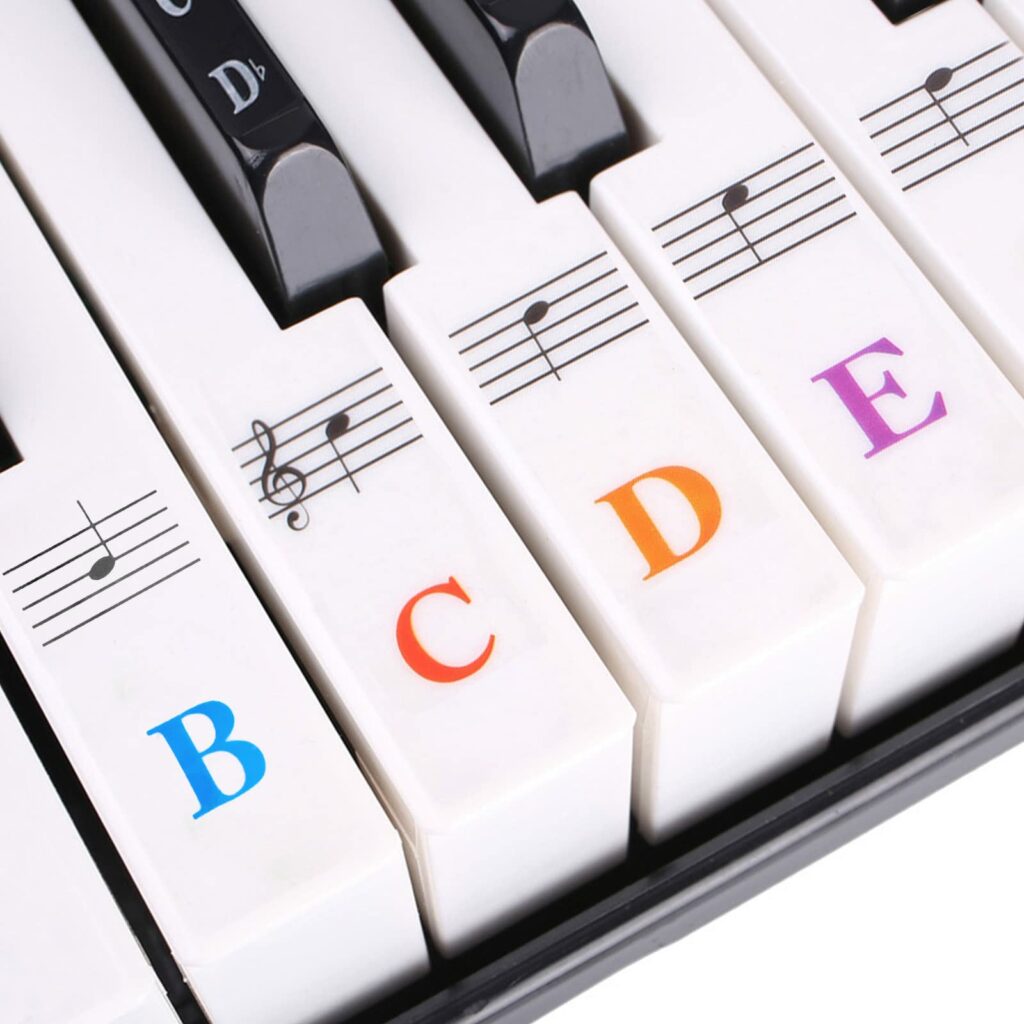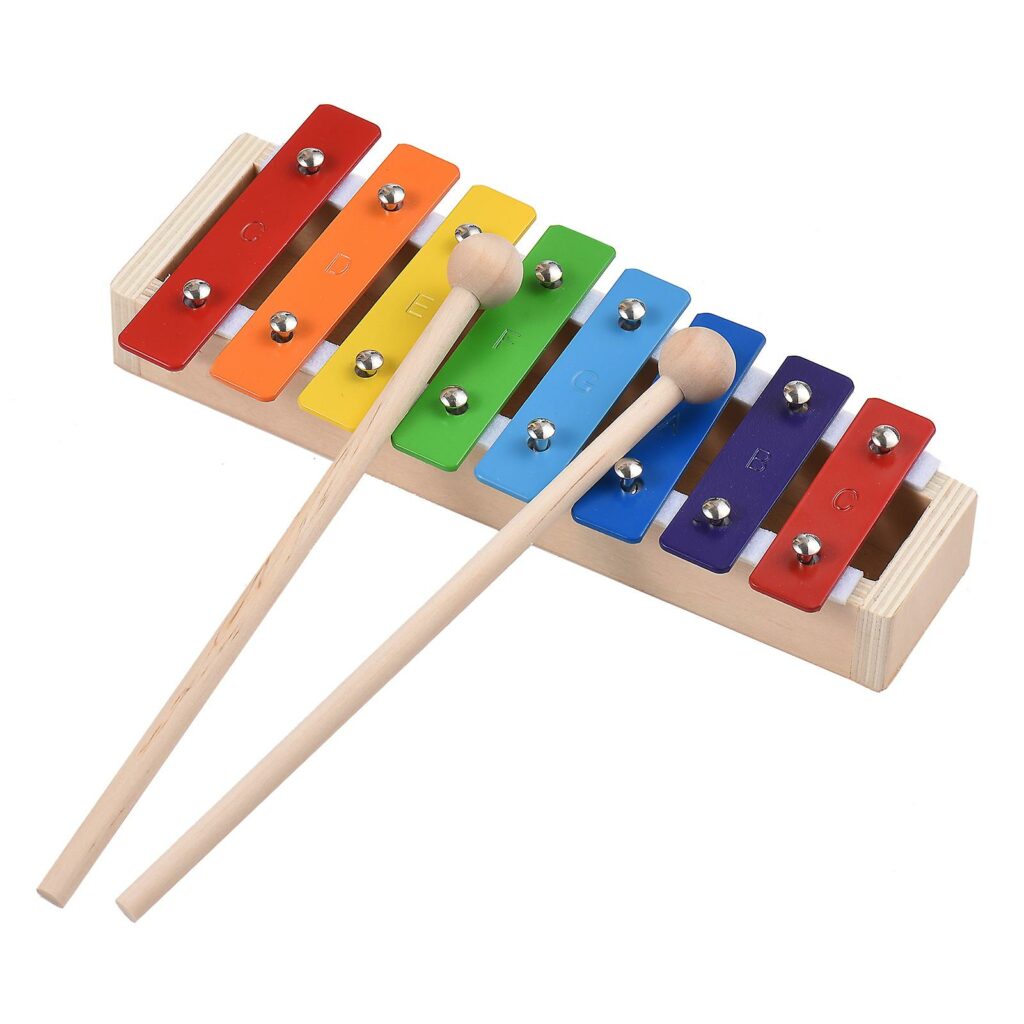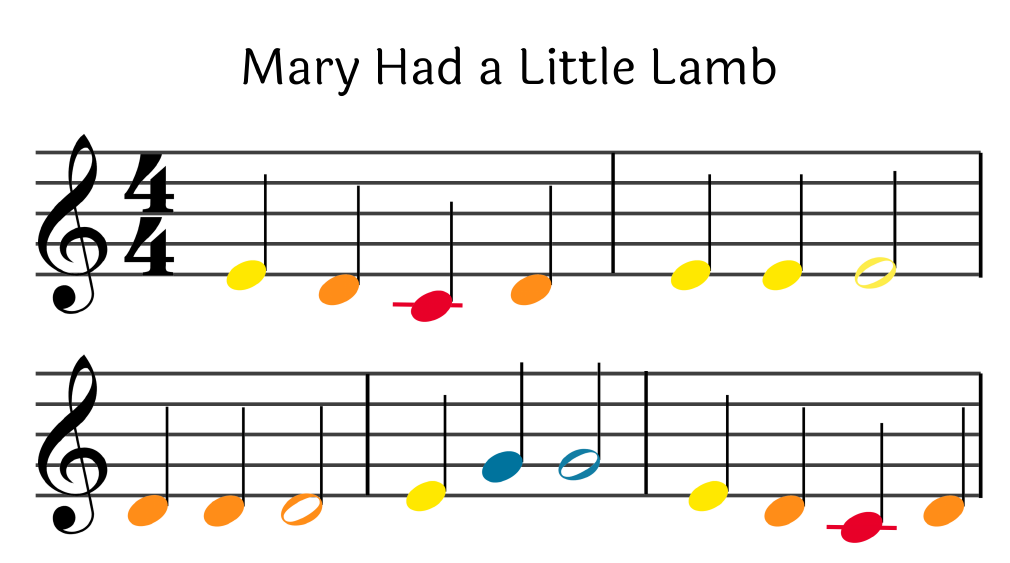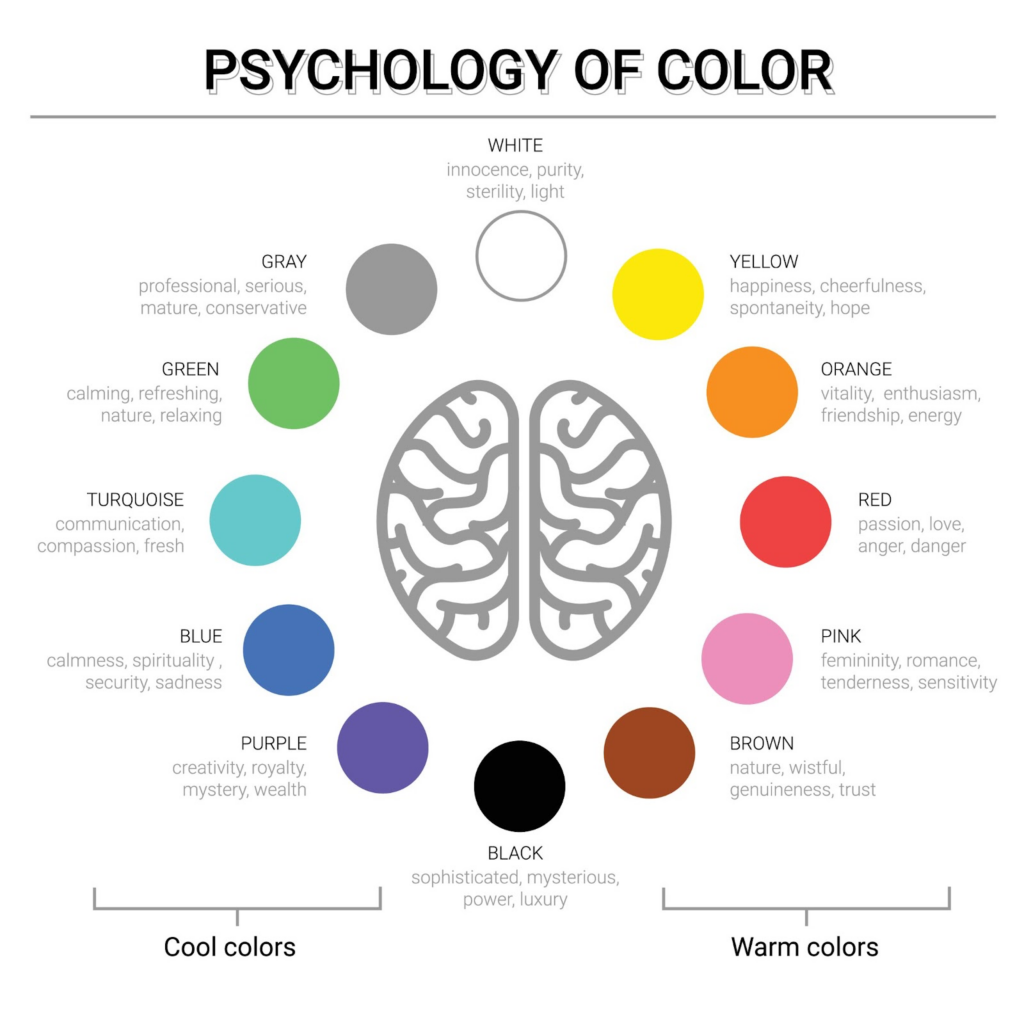Information is vast, inspiration is vast, creativity is vast but our time is short
An article published by the Scientific American addresses the popular myth that humans only use 10 percent of their brains. This misconception has been widely debunked by neuroscientists. The article explains that while it’s true that not all parts of the brain are active at the same time, the idea that 90 percent of the brain is unused is simply untrue.
Neuroimaging techniques such as PET scans and fMRI have shown that even during simple tasks, much more than 10 percent of the brain is active. Different regions of the brain are responsible for various functions, and the brain operates as a highly integrated network.
Overall, the notion that we use only a small fraction of our brains is a myth, and the article highlights the importance of dispelling such misconceptions to promote accurate understanding of brain function.1
Does performance pressure, stress and a lot of tasks at the same time improve creativity?
According to the findings of the Harvard Business Review, the simple answer is „no.“ When creativity is put on a time crunch, it typically suffers. While time pressure might push individuals to work harder and accomplish more, and it might even give them a sense of increased creativity, it tends to hinder creative thinking overall. However, the brief response doesn’t cover everything. Let’s jump into what time pressure entails, how it affects individuals in a work setting, and the various methods to handle it in order to boost creativity.
Our research suggests that as individuals experience greater time pressure on a given day, their likelihood of thinking creatively decreases. Interestingly, many people seem to be unaware of this trend. Participants in our study tended to rate themselves as more creative on days with high time pressure, despite evidence to the contrary in their daily diaries. These self-assessments didn’t align with the actual decrease in creative thinking observed over time as pressure mounted.
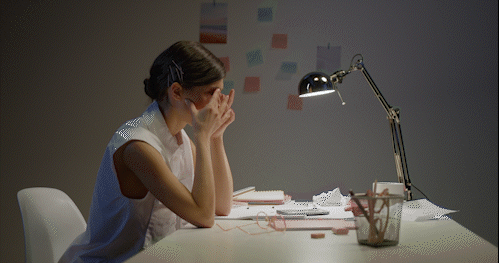
Furthermore, the decline in creative thinking was most noticeable during periods of extreme time pressure. Participants were asked to rate their perceived time pressure daily on a scale from one to seven, with seven representing the highest pressure level. On days when they rated their pressure as a seven, individuals were 45% less likely to engage in creative thinking compared to days with lower pressure ratings.2

Amabile, Teresa. The Time-Pressure/Creativity Matrix. 2014. Harvard Business Review, Aug. 2014, hbr.org/2002/08/creativity-under-the-gun.
Overwork leads to a decrease in creativity
Working excessively can stifle your creativity because even when your brain appears to be inactive, it’s actually quite active. Giving yourself time to relax allows your brain’s Default Network to become more active, fostering connections between different brain regions that don’t typically interact. This often leads to moments of inspiration and heightened creativity.3
»Taking time to revamp, refresh, and relax is just as important to success as a motivated work ethic.«
Erin Wildermuth
Want to know more? Here you go:
Sources:4
- Boyd, Robynne. “Do People Only Use 10 Percent of Their Brains?” Scientific American, Scientific American, 7 Feb. 2008, www.scientificamerican.com/article/do-people-only-use-10-percent-of-their-brains/. ↩︎
- Amabile, T., Hadley C. and Kramer S. “Creativity under the Gun.” Harvard Business Review, Aug. 2014, hbr.org/2002/08/creativity-under-the-gun. ↩︎
- Wildermuth, Erin. “The Science of Overwork.” Full Focus, 6 Mar. 2018, fullfocus.co/the-science-of-overwork/. Accessed 22 Feb. 2024. ↩︎
- I know that I am mixing APA and MLA styles, but MLA in-text looks horrible and APA is very complicated, when it comes to the source index. I took the best of both worlds. ↩︎
